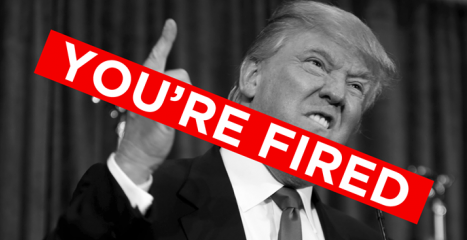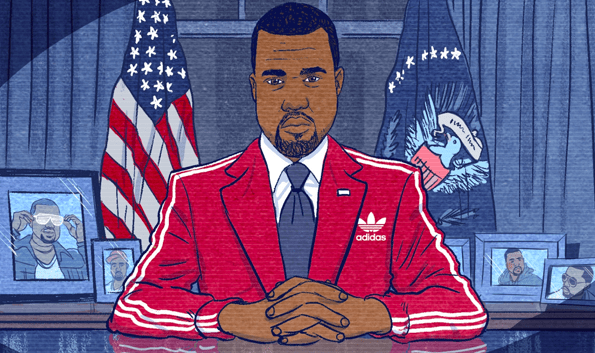On a subway station, it is a typical sight to see people entering and leaving the platform. And with only a year and a half of President Trump’s first term completed, the subway metaphor can be extended to reflect the country’s current political climate.
After a series of multiple firings and resignations, from US Deputy Attorney General Sally Yates to Deputy White House Chief of Staff Katie Walsh, yet another member of Trump’s administration has left the building—Attorney General, Jeff Sessions, fired Deputy Director of the FBI, Andrew McCabe, on March 16th, a day before he was set to retire. The constant cycle of figures coming and leaving warrants a review of the major departures that have taken place since the beginning of the Trump era.
The first official ousting came nearly four weeks into Trump’s presidency, when National Security Adviser Michael Flynn resigned after giving misleading statements to Vice President Mike Pence about his communication with the Russian Ambassador to the United States, Sergey Kislyak. His actions prompted what President Trump called an “eroding level of trust,” and Flynn consequently left his position, becoming the National Security Adviser to hold the shortest term with just 24 days in office.
The presidency’s biggest scandal came just a mere three months later, when FBI Director James Comey was fired. Comey was tasked with the Russia investigation, in search of finding any evidence of collusion between President Trump and Russian officials. However, suspicions about Comey’s behavior stemmed all the way to the Clinton email scandal, where he stated that he had concluded the investigation and no charges would be filed. This would later be used against him, as Deputy Attorney Rod J. Rosenstein’s official statement regarding his firing stated, “I cannot defend the director’s handling of the conclusion of the investigation of Secretary Clinton’s emails.” Furthermore, Comey eventually testified at a Senate hearing that Trump had informally assured him that no wrongdoing occurred with Russia. The Senate hearing was so widely talked about that Washington D.C’s bars opened early to allow the general public to watch in crowds.
Perhaps the most notable firing from Trump’s administration was that of Steve Bannon, the President’s former Chief Strategist. Bannon was revered as the second most powerful man in all of Washington, and was particularly credited for helping push Trump’s “nationalist” agenda. Prior to working at the White House, Bannon was primarily known for co-founding Breitbart news, a platform for right-wing politics. Trump had long been preaching radical approaches to political problems in our country since his campaign started, and thus Bannon’s arrival worried many Americans, who believed Trump would adopt many of Bannon’s exceptionally conservative views. Just seven months into Trump’s presidency, however, Bannon was abruptly fired. In a public statement that Trump released, he stated, “Steve pretends to be at war with the media, which he calls the opposition party, yet he spent his time at the White House leaking false information to the media to make himself seem far more important than he was. It is the only thing he does well.” Indeed, problems between the President and his Chief Strategist are thought to have begun after Bannon was quoted saying that he was able to make his own personnel changes at the State Department. His dismissal came two weeks after he was offered to resign on his own.
Ultimately, the three former officials who have been dismissed have made significant impact on the political climate of America. Michael Flynn’s dismissal gave the public a valid piece of evidence with regards to the Trump-collusion ordeal; Comey’s firing only solidified the idea that Trump engaged in collusion; and Bannon’s dismissal demonstrated to the American public that even those seemingly closest to the President are no exceptions to his unpredictability. Certainly, whereas the presidency has always been a representation of stability and strength, the current administration has proven to shake tradition up–in more ways than one.














